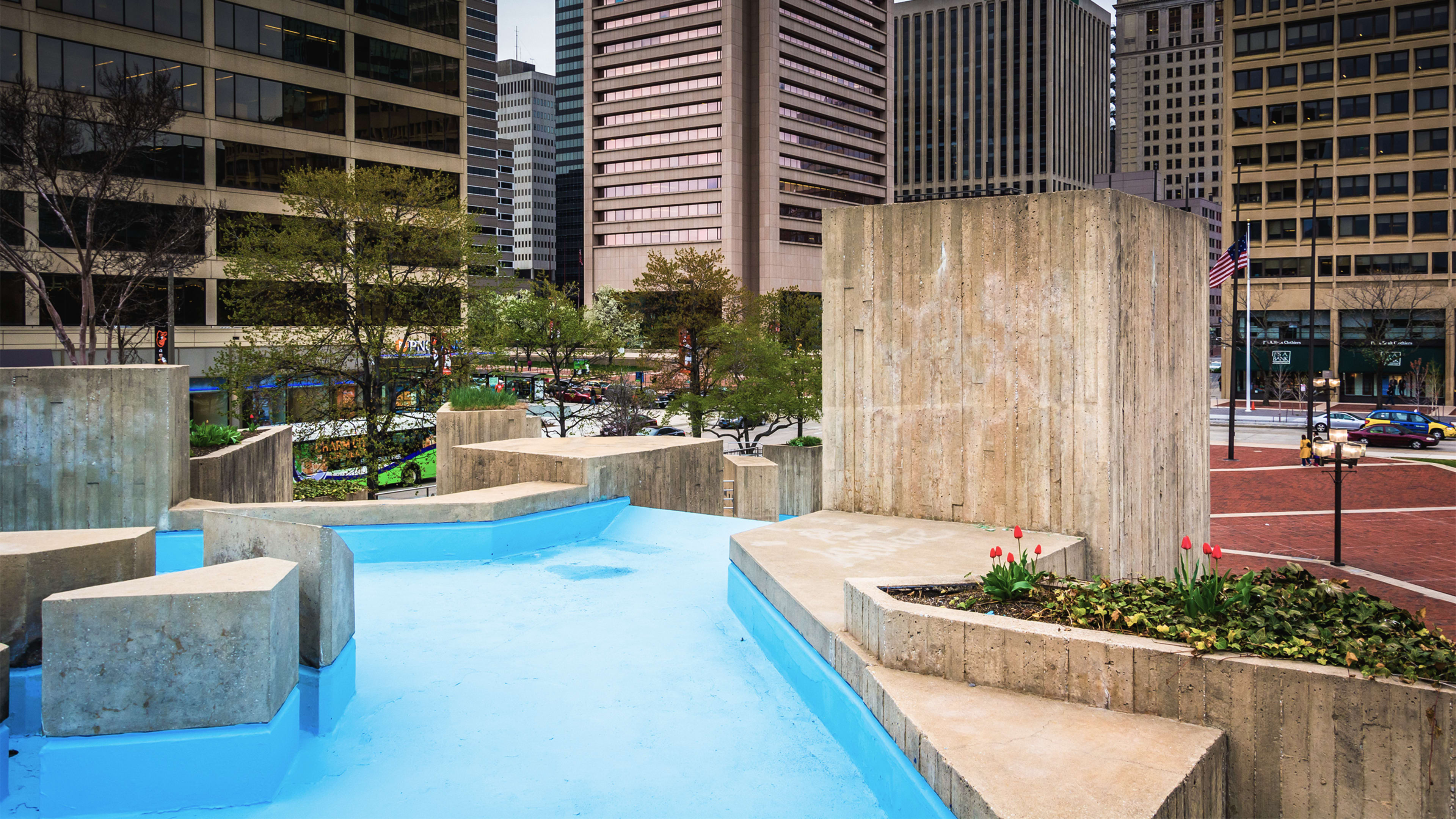Over the past five years, New York has been locked in a debate over the racist, sexist, and otherwise problematic legacy of some of its most prominent monuments—like the Columbus Circle statue of Christopher Columbus, which a specially assembled panel of experts recommended keeping in place, despite objections from many people over Columbus’s treatment of indigenous peoples, in 2018. It’s a good example of how the present changes our perspective on the past, including the parts of the past that confront us every day, through architecture, civic design, and urban planning.
A group of researchers from across Eastern Europe knows this well. Called the Nonuments Group, it’s a nearly 10-year-old collective devoted to researching and archiving forgotten, altered, or disappearing monuments. While many of its entries are in Eastern Europe—it contains submissions from organizations in the Czech Republic, Austria, Serbia, Slovenia, Cyprus, and Bulgaria—the group also deals with nonuments in America, including Baltimore and Los Angeles.

What exactly is a nonument? It’s a building or monument that has “undergone a process of transformation within which they have acquired a new meaning,” the group explains in a statement. “Nonuments are hidden, abandoned, unwanted or otherwise forgotten built spaces, which used to have a strong symbolic value, and have the potential to be repurposed, reclaimed and reused.” They include monuments erected by dictators and regimes, but also structures simply built by companies and communities—what they have in common is that the meaning they had when they were first built has changed.
Take Austria’s hulking Nuclear Power Plant Zwentendorf, built in the late 1970s. Just after it was finished, a national referendum outlawed nuclear power in Austria; the completed, 1-billion-euro plant was never used for its intended purpose. Today it hosts events, the Nonument Group reports—a perfect example of a type of architecture that has been radically transformed by the shifting winds of politics.

Nonuments publishes its research as an online archive and map organized by decade, first spotted by Curbed, but it also stages interventions: In 2016, when the city of Baltimore decided to raze the Brutalist fountain that had served as a location for protests by Occupy Baltimore and Black Lives Matter, the group built an app that created an augmented-reality version of the lost structure, accompanied by audio clips quoting a slew of locals, from people who participated in the protest of Freddie Grey’s death in 2015 to people who simply enjoyed swimming in the fountain. The idea behind the app, the group writes, is to “honor hidden urban spaces that carry symbolic value for ordinary people.”
There are plenty of archives of threatened or novel architecture online, but Nonuments does something unique among them: Its members talk to the people who live and work near vanishing structures, along with their designers, creating public ethnographies about them. Whereas most architectural history is written from the very personal perspectives of a few voices, Nonuments gives a platform to people who knew the buildings best.
That’s why the group asks for input and submissions online: It’s hoping to expand its map as time and politics continue to reshape the monuments of the past, and it invites anyone in any country to submit their own nonuments for consideration. You can participate here.
Recognize your brand’s excellence by applying to this year’s Brands That Matter Awards before the early-rate deadline, May 3.
